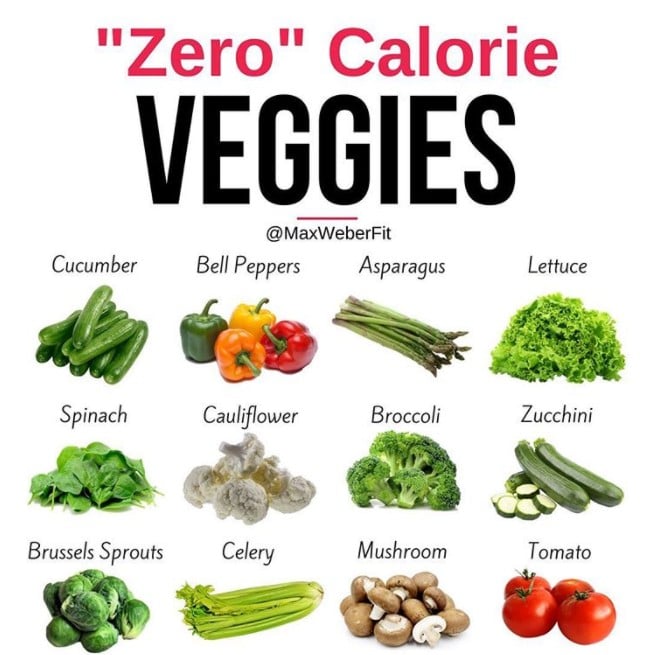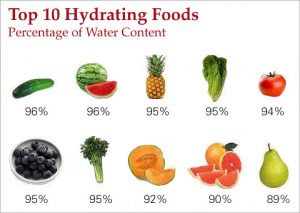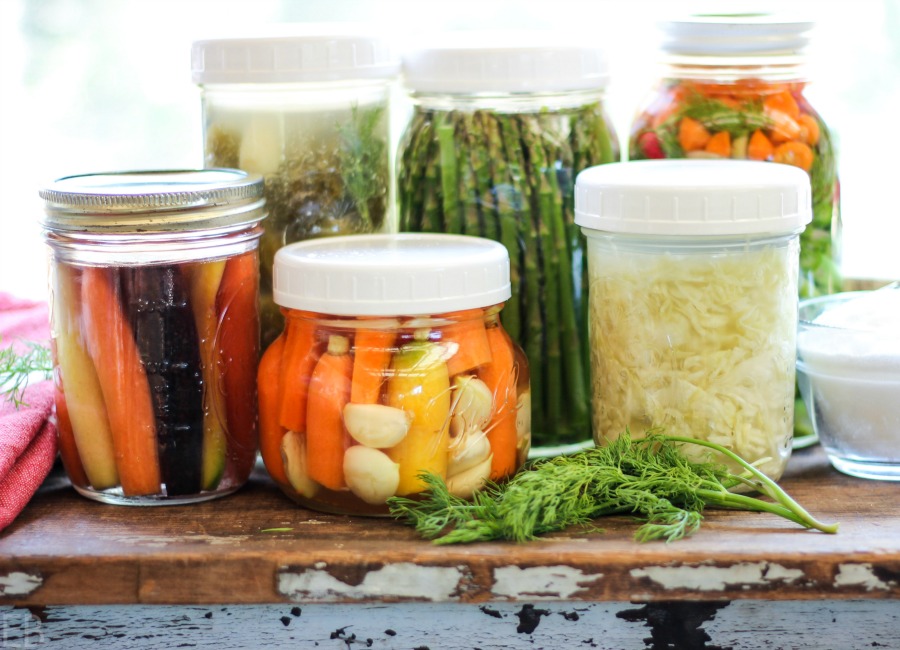Understanding No-Calorie Snacks: A Comprehensive Guide
No-calorie snacks can play a crucial role in maintaining a balanced diet and achieving weight management goals. These snacks are designed to provide essential nutrients without adding any significant caloric intake. Consuming nutritious and filling snacks between meals can help curb hunger, maintain energy levels, and prevent overeating during main meals. The concept of “zero-calorie” or “negative-calorie” foods has gained popularity, with the idea that the body burns more calories to digest these foods than they actually contain.
The Science Behind Zero-Calorie Foods: Debunking Myths
The term “negative calorie” refers to the idea that the body burns more calories to digest certain foods than the foods actually contain. While this concept is not entirely accurate, it highlights the potential benefits of consuming low-calorie, nutrient-dense foods. No-calorie snacks, when chosen wisely, can contribute to a healthier lifestyle by promoting weight management, satiety, and overall well-being.
It is essential to understand that no food is truly calorie-free. The body requires energy to digest and metabolize all food consumed, even those with minimal caloric content. However, some foods have such low-calorie counts that they can be considered no-calorie snacks when consumed in moderation. These snacks typically have high water and fiber content, promoting satiety without adding significant calories.
When incorporating no-calorie snacks into your diet, it is crucial to maintain a balanced and varied intake. Overreliance on a single type of food can lead to nutritional deficiencies and may hinder weight loss or weight management efforts. Aim to consume a variety of no-calorie snacks to ensure your body receives a wide range of essential nutrients.
Selecting the Best Zero-Calorie Snacks: Tips and Tricks
When choosing the most satisfying and nutritious no-calorie snacks, consider several factors to ensure you’re making the best possible choices for your healthier lifestyle. Taste, texture, and satiety are crucial elements to keep in mind when creating a balanced and varied assortment of no-calorie snacks.
- Taste: Opt for snacks that you genuinely enjoy eating. This will help you stick to your healthier eating plan and prevent feelings of deprivation. The market offers a wide range of no-calorie snacks in various flavors, so don’t be afraid to experiment and find what suits your palate.
- Texture: Aim for a mix of textures to keep your snacking experience interesting. Crunchy, juicy, smooth, and crispy textures can all contribute to a satisfying snack that keeps you coming back for more.
- Satiety: Choose snacks that promote satiety, or the feeling of fullness, to help curb hunger between meals. Foods high in fiber, water, and protein can help you feel satisfied longer, reducing the likelihood of overeating later in the day.
By considering these factors, you can create a diverse and enjoyable selection of the best zero-calorie snacks tailored to your individual preferences and dietary needs. Remember, moderation is key, even with no-calorie snacks, to maintain a balanced and varied diet.
1. Fresh Vegetables: Nature’s Crunchy, Zero-Calorie Delights
Fresh vegetables are an excellent choice for no-calorie snacks, offering a variety of textures, flavors, and nutritional benefits. These nutrient-dense, low-calorie options can help you feel full and satisfied while providing essential vitamins, minerals, and antioxidants. Some fantastic fresh vegetable options include:
- Celery: With its high water and fiber content, celery is a classic no-calorie snack. Enjoy it on its own or pair it with a flavorful dip, such as peanut butter or hummus, for added protein and flavor.
- Cucumbers: Crisp, refreshing, and hydrating, cucumbers are a perfect choice for a crunchy, zero-calorie snack. Slice them and serve with a light vinaigrette or yogurt-based dip for a satisfying and nutritious treat.
- Bell peppers: Available in various colors, bell peppers offer a sweet and crunchy snack option. Eat them raw, or roast and slice them for a warm and flavorful alternative. Pair with a healthy dip or use them as a colorful addition to salads and wraps.
- Cherry tomatoes: Small, juicy, and bursting with flavor, cherry tomatoes make an excellent no-calorie snack. Enjoy them on their own or combine them with fresh mozzarella and basil for a caprese-inspired treat.
By incorporating fresh vegetables into your no-calorie snack rotation, you’ll not only enjoy the benefits of a satisfying and nutritious snack but also contribute to your overall health and well-being.
2. Fruits with High Water Content: Hydrating and Nutritious
Certain fruits, due to their high water content, can be considered no-calorie snacks. These fruits provide essential nutrients, hydration, and a sweet flavor to satisfy your cravings without adding extra calories. Some excellent options include:
- Watermelon: This juicy fruit is over 90% water, making it an ideal no-calorie snack. Enjoy it freshly cut or frozen for a refreshing treat. Add a squeeze of lime and a sprinkle of mint for an extra flavor boost.
- Grapefruit: With its tangy and slightly sweet taste, grapefruit is a satisfying and hydrating no-calorie snack. Eat it plain or sprinkle it with a touch of stevia or honey for added sweetness.
- Strawberries: These vibrant fruits are low in calories and high in water content. Enjoy them fresh, or blend them into a smoothie with a handful of ice for a chilled and nutritious snack.
When consuming fruits with high water content, remember that moderation is key. While these fruits are low in calories, they still contain natural sugars and should be enjoyed as part of a balanced and varied diet.
3. Sugar-Free Gelatin: A Fun and Flavorful Zero-Calorie Treat
Sugar-free gelatin is a versatile and tasty no-calorie snack option that can be enjoyed in various ways. With a wide range of flavors available, sugar-free gelatin offers a guilt-free and satisfying treat for any time of day. Here are some ideas for incorporating sugar-free gelatin into your no-calorie snack rotation:
- Serve it straight: Simply prepare the gelatin according to the package instructions, allowing it to set in a mold or dish. Cut into cubes or slices and enjoy as is, or sprinkle with a touch of stevia or other zero-calorie sweetener for added sweetness.
- Add fresh fruit: Mix diced or pureed fresh fruit into the gelatin mixture before setting. This adds natural sweetness, flavor, and texture to the gelatin. Try combining different fruits, such as berries, mango, or pineapple, for a unique and refreshing treat.
- Create layered desserts: Alternate layers of different flavored gelatin or gelatin and fruit for a visually appealing and delicious no-calorie snack. Allow each layer to set before adding the next, and chill until ready to serve.
- Top with whipped cream: For an extra touch of indulgence, top sugar-free gelatin with a dollop of whipped cream or a light dusting of cocoa powder. This adds a creamy texture and rich flavor without adding significant calories.
By incorporating sugar-free gelatin into your no-calorie snack options, you can enjoy a fun and flavorful treat that satisfies your sweet tooth without compromising your health goals.
4. Homemade Zero-Calorie Popcicles: Refreshing and Cool
Homemade zero-calorie popsicles are a refreshing and cool snack option that can be easily prepared using fresh fruit, herbs, and sparkling water. This innovative and creative concept allows you to enjoy a tasty treat while staying hydrated and consuming essential nutrients. Here’s a simple recipe for making homemade zero-calorie popsicles:
- Ingredients:
- 1 cup of your favorite fruit, diced or pureed (e.g., strawberries, watermelon, or grapefruit)
- 1/2 cup fresh herbs, such as mint or basil (optional)
- 1 cup sparkling water
- Zero-calorie sweetener, to taste (optional)
- Instructions:
- In a blender, combine the fruit, herbs, and sparkling water. Blend until smooth.
- Taste the mixture and add a zero-calorie sweetener if desired. Blend again to combine.
- Pour the mixture into popsicle molds, leaving a small amount of space at the top for the mixture to expand as it freezes.
- Insert popsicle sticks and freeze for at least 4 hours, or until the popsicles are completely frozen.
- To serve, run the molds under warm water for a few seconds to loosen the popsicles. Enjoy immediately.
These homemade zero-calorie popsicles can be customized to suit your taste preferences and dietary needs. Experiment with different fruit combinations, herbs, and flavorings to create a unique and satisfying snack. Remember to enjoy these popsicles as part of a balanced and varied diet, emphasizing moderation and portion control.
5. Pickles and Other Fermented Vegetables: Tangy and Probiotic-Rich
Pickles and other fermented vegetables offer a unique and tangy flavor profile, making them an excellent addition to your no-calorie snack options. During the fermentation process, these vegetables develop beneficial probiotics, which can contribute to a healthy gut microbiome. Here’s what you need to know about incorporating pickles and fermented vegetables into your diet:
- Pickles: Dill pickles, bread and butter pickles, and gherkins are popular types of pickles that can be consumed as no-calorie snacks. Opt for low-sodium or reduced-sodium varieties to minimize your salt intake. Enjoy pickles on their own or use them as a crunchy topping for sandwiches and salads.
- Sauerkraut: Made from fermented cabbage, sauerkraut is a tangy and low-calorie topping for hot dogs, sausages, or as a side dish. Choose unpasteurized sauerkraut to maximize the probiotic content. Be mindful of the sodium content, as some sauerkraut brands can be high in salt.
- Kimchi: This spicy and flavorful fermented Korean dish is made from cabbage, radishes, and other vegetables. Kimchi is an excellent source of probiotics and can be enjoyed as a side dish, mixed into stir-fries, or used as a topping for rice bowls and sandwiches.
- Kombucha: While not a vegetable, this fermented tea drink is worth mentioning due to its probiotic content. Kombucha is available in various flavors and can be a refreshing and low-calorie beverage option. However, be cautious of brands with added sugars, as these can increase the calorie count.
When incorporating pickles and fermented vegetables into your no-calorie snack options, remember to consume them in moderation and as part of a balanced and varied diet. Overindulging in these tangy treats can lead to excessive sodium intake, which may have negative health consequences.









